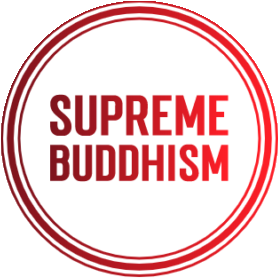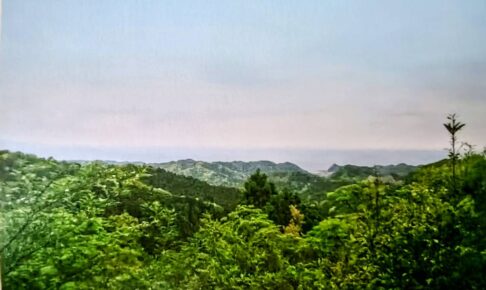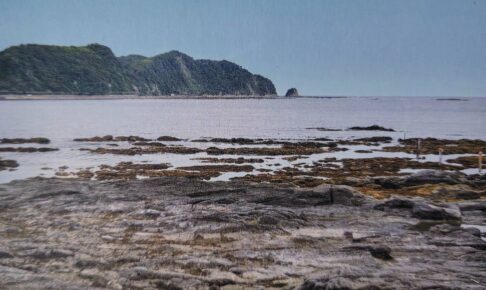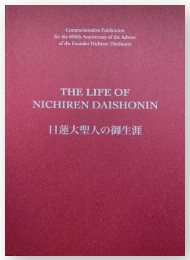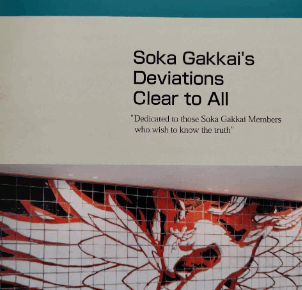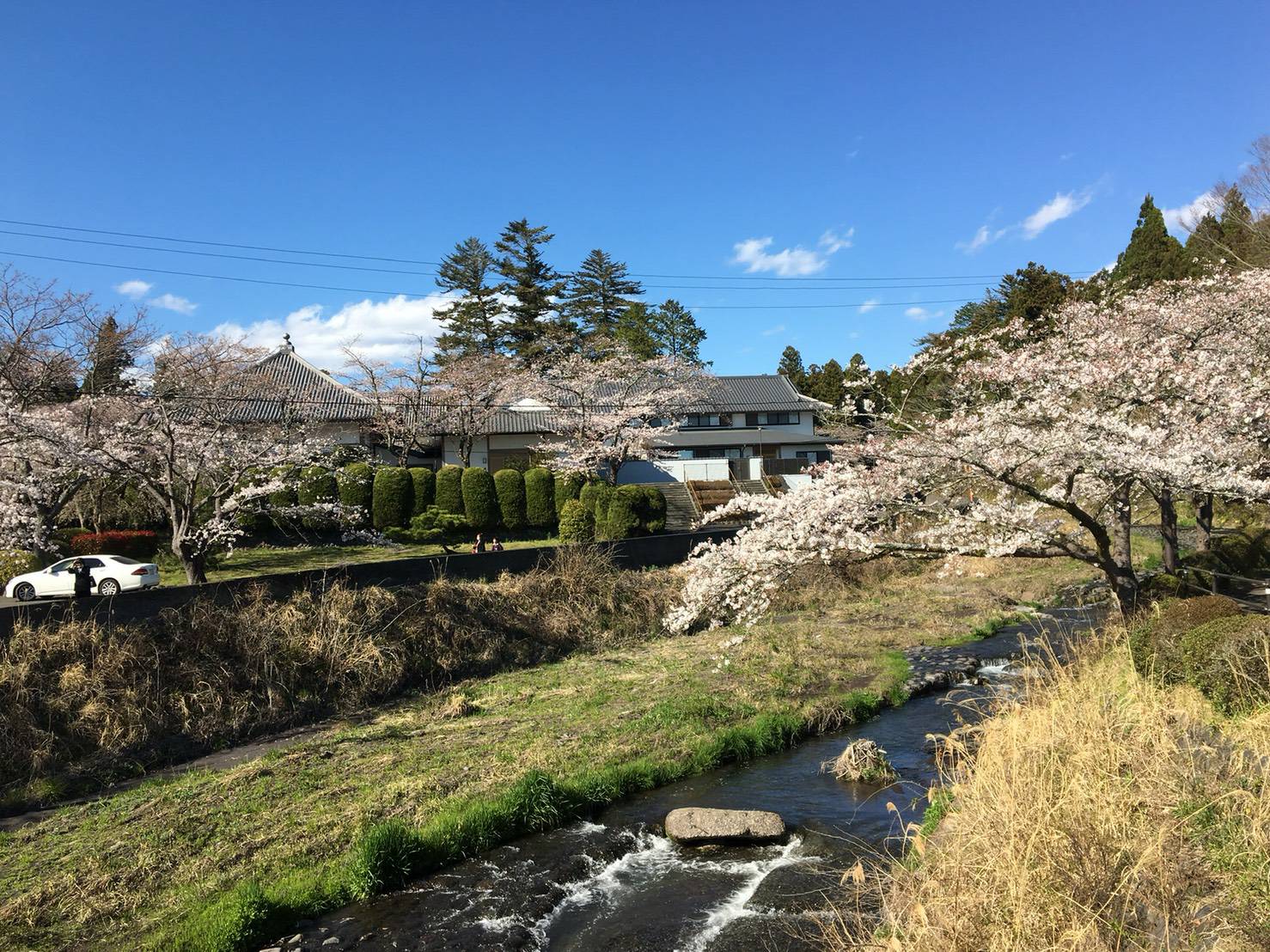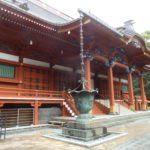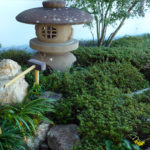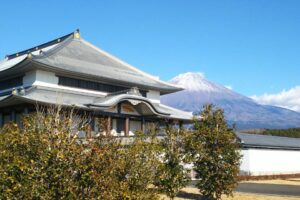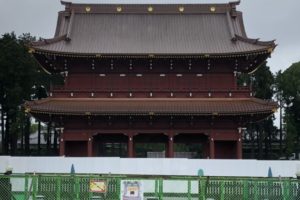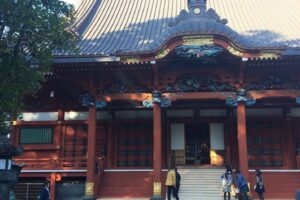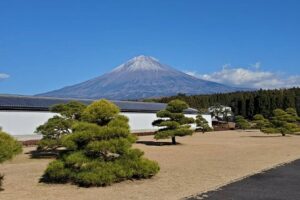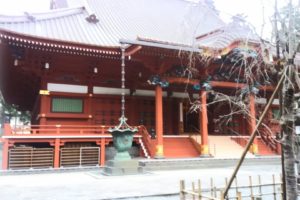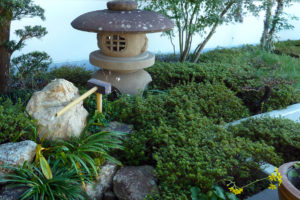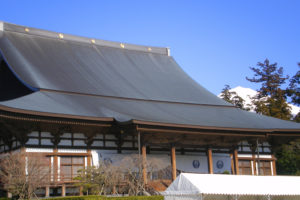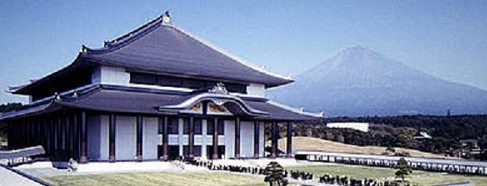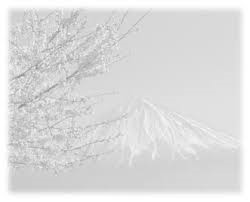Toki Jonin’s lay name was Goro Saemon- no-jo Tanetsugu, and he resided in Wakamiya in Shimosa Province [present day Ichikawa City in Chiba Prefecture] .Here, he served as a retainer to a certain Lord Chiba.Since the ancestors of Toki Jonin governed Toki District of Inaba Province, he was known to be part of the Toki clan.
During the lifetime of Nichiren Daishonin, the Daishonin placed great faith in Toki Jonin because he, along with Shijo Kingo, was mainly responsible for protecting the Daishonin and propagating the teachings throughout the Kanto Region.One can imagine the heavy responsibility that both of them had since the Daishonin entrusted Toki Jonin with Kanjin no Honzon Sho (The True Object of Worship) and Shijo Kingo with Kaimoku Sho (The Opening of the Eyes) during the time of the Sado exile which was an extremely difficult time for both the disciples and believers of the Daishonin.
In addition, Toki Jonin had been entrusted with more than forty Gosho letters.Representatives of this were Hokke Shuyo Sho (The Essentials of the Lotus Sutra) and Shishingohon Sho (On the Four Stages of Faith and the Five Stages of Practice), as well as other letters of great importance which would later be ranked as the ten major writings known as Judaibu.#1 One can see as a result of Toki Jonin having received these important Gosho letters how often he must have made pilgrimages into the mountainous area of Minobu and Sado during the fierce winter to visit the Daishonin out of devotion,understanding his severe circumstances, in order to make various offerings.
The Daishonin obviously prepared the Gosho letters in order to instruct His disciples and believers during His lifetime, but more importantly their significance lies in having His teachings propagated for posterity.Viewed from another perspective, the Daishonin entrusted the Gosho to believers with strong faith in order for them to protect the Gosho.
It is apparent that Myojo was the second wife of Toki Jonin and he had adopted her only child.Since both Toki Jonin and his wife had unwavering faith, their child who was influenced by this appearance grew up and entered the priesthood, later to become one of the Six Senior Priests, #2 named lyobo Nitcho.After their marriage, they had two children of their own, a boy and a girl. became the first chief instructor of the Omosu Seminary and was given the name “Jakusenbo Nitcho.”
It is said that Toki Jonin started practicing right after the Daishonin established True Buddhism.During this time especially in Kamakura, heretical religions and ideologies were flourishing, and most of the individuals despised and resented the Daishonin who expounded the supreme Lotus Sutra as illustrated in the Gosho below:
At first, when I, Nichiren, alone chanted the Daimoku, those who saw me, met or heard me covered up their ears, glared at me with furious eyes, contorted their mouths, clenched their fists, and ground their teeth. (Gosho p. 1431)
It is thought however that Toki Jonin, who was studying the teachings of the Tendai sect prior to converting, was able to take faith in the teachings expounded by the Daishonin without the slightest of doubt and immediately started practicing.He became a lay priest (nyudo) and called himself “Jonin,” in addition to having received the Buddhist name “Nichijo” from the Daishonin.
After the Daishonin was able to surprisingly escape the Matsubagayatsu Persecution on August 27, 1260 (the first year of Bunno) that resulted from the attack mounted by Nembutsu priests and believers, He left Kamakura for a while and took refuge at the home of Toki Jonin in Shimosa Province. had Hokkeji Temple constructed where the Daishonin gave a series of sermons for a period of one hundred days.These sermons presented the occasion for Ota Jomyo, Soya Kyoshin, Akimoto Taro, Hiki Yoshimoto and others to meet th e Daishonin and become followers.
The practice of Toki Jonin was considered to be “Fuji shaku shin myo” 3 (Single mindedly yearning to see the Buddha, not begrudging their lives to do so) in terms of understanding the teachings and in his fervent efforts to Shakubuku.Around this time, the Daishonin sent eleven letters (later named Juittsu Gosho) respectively to eleven people representing the government and Buddhist world.And in the sixth year of Bunnei when they attempted to refute the heretical teachings in public, the heretical sects became even more oppressive and summoned Toki Jonin, Ota Jyomyo and Shijo Kingo, who were exerting themselves in Shakubuku efforts, to the Office of Legal Affairs for questioning on false accusations.
During this time, the Daishonin wrote a letter to the three believers and careful gave conduct and detailed instruction as to proper and attitude while in the Office of Legal Affairs.In this letter, the Daishonin expounds that it is possible to overcome great undertakings when the heart of the sutra, the heart of the master and the heart of the believers are in unison as shown in the following Gosho.
Three things – Buddhism, a votary and a believer-must be unified for an undertaking to succeed; do not break this with foolery. (Gosho p. 417) In the end, this incident ended unsettled and undecided due to priests of the heretical sects being unable to adequately debate the issues.
I In the seventh year of Bunnei (1270), Toki Jonin successfully refuted Ryosho, the chief priest of Guhoji Temple of the Tendai sect on a debate on Buddhism.Since Ryosho retreated into hiding as a consequence, Toki Jonin took over and managed Guhoji Temple He discarded the statues of the Buddha in the Temple, and subsequently, invited Iyobo Nitcho to reside as the chief priest.
Three years after this incident, Toki Jonin was entrusted with Kanjin no Honzon Sho (The True Object of Worship), however, it seemed that he could not fully comprehend the Daishonin’s true intention because the doctrine in this Gosho was incomparably profound and he mistakenly regarded the word, Gohonzon, to mean a wooden statue of the Buddha.As a result of his misinterpretation, the Daishonin indirectly but with boundless compassion admonished him not to worship a wooden statue of Buddha by instructing him “to wait for the time when the Bodhisattvas of the Earth emerge and establish the Object of Worship of the Honmon Teachings over the course of time” .
In March of the second year of Kenji ( 1276), Toki Jonin, with his deceased mother’s ashes, made a pilgrimage to the Daishonin in Minobu to ask the Daishonin to conduct an individual memorial service for his mother.In September of this year, the Atsuhara Persecution took place, and Toki Jonin and his wife at the request of the Daishonin undertook the responsibility of protecting Nisshu, Nichiben and others who fled for safety.
When the Daishonin passed away, Toki Jonin acting as one of the representatives on behalf of the many disciples and believers of the Daishonin, attended the funeral procession carrying an incense burner.
Toki Jonin achieved longevity and passed away at the age of 84 in March of the first year of Shoan.
*****************
#1.Shohokkedaimoku Sho; Rissho Ankoku Ro Securing the Peace of the Land through the Propagation of True Buddhism); Kaimoku Sho (Opening of the Eyes); Kanjin no Honzon Sho (Th True Object of Worship); Senji Sho (The Selection of the Time) ; Hoon Sho (Repaying Debts of Gratitude); Hokke Shuyo Sho (The Essentials of the Lotus Sutra); Shishingohon Sho (On the Four Stages of Faith and the Five Stages of Practice); Honzon Mondo Sho, Shimoyama Goshosoku
#2.Nissho, Nichiro, Nikko, Niko, Nitcho, and Nichiji.Six priests whom Nichiren Daishonin designated as his major disciples shortly before his death.Of these six priests, Nikko Shonin was appointed as the Daishonin’s immediate successor.The other five gradually departed from the orthodoxy of the teachings turning against Nikko Shonin.
#3.Fuji shaku shimyo (Single-mindedly yearning to see the Buddha not begrudging their lives to do so) .High Priest Nichikan Shonin stated that this passage within the Juryo Chapter indicates the Three Great Secret Laws .This passage fuji shaku shimyo signifies the practice of daimoku.Jiga gyu shuso, Ku shutsu rvojusen (Then I and the assembly of monks appear together in Eagle Peak): Then I and assembly of monks refers to the object of worship in True Buddhism. , the Gohonzon, and Eagle Peak indicates the High Sanctuary of True Buddhism.
Publisher : Oversea Bureau,Nichiren Shoshu
